Wool - A sustainable choice
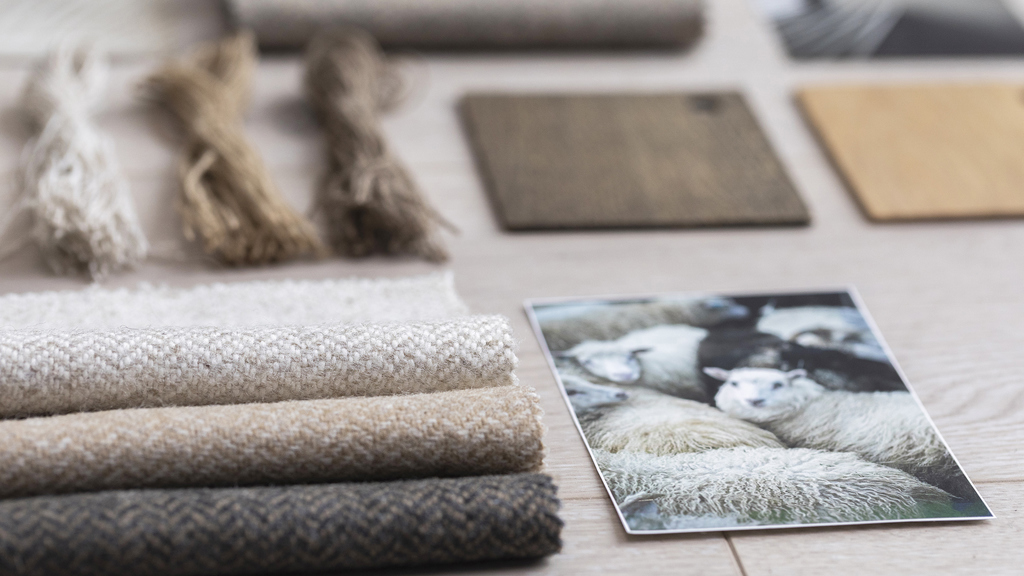
In a world characterized by an ever-increasing focus on sustainability and environmental awareness, textile production has become the subject of careful assessment. Wool textiles represent a sustainable and forward-looking choice for conscious consumers.
An essential resource for centuries
With an increased focus on sustainable production and consumption, interest in wool as an environmentally friendly alternative to synthetic materials has increased. The sheep is one of our oldest livestock in Norway. From providing warmth to being a material for crafts and fashion, wool has proven to be a versatile and valuable resource. The use of this natural fiber goes back a long way in history, and we have a long tradition of caring for and using wool.
There are over 14,000 farms with sheep in Norway, spread across the country. When the snow in the mountains has started to melt and the grass has grown sufficiently, the sheep are released to pasture. Here the sheep roam freely and can eat herbs, grass, heather and bushes and drink pure mountain water. Most sheep are out grazing for around three months. For most people, sheep harvesting starts at the end of August and continues through September. Sheep on open pastures make an important contribution when it comes to taking care of the cultural landscape by keeping the vegetation down.
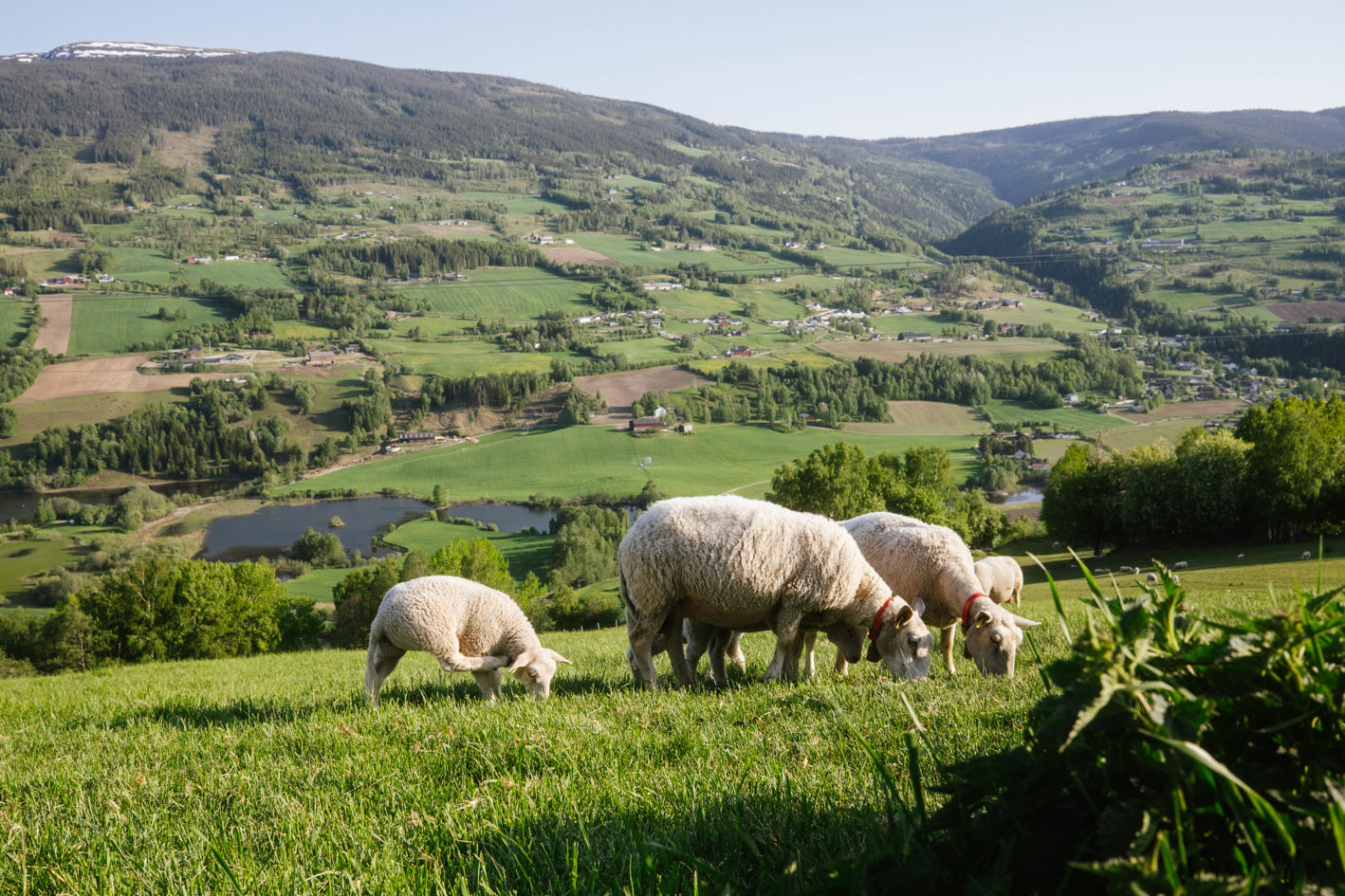
Wool textiles are made from natural fibers that are not harmful to the environment.
Where does wool come from?
This is the question we are most often asked, and many wonder why we do not use 100% Norwegian wool in our production. Let's try to explain.
In the production of upholstery and furniture fabrics, we use close to 100% natural raw materials from sheep and wood (viscose). Ulla is high-quality wool from Norway (Norilia) and New Zealand. Norwegian wool is classified into 16 classes. In our production, we use wool classified as C1 (the finest fiber) according to the Norwegian Wool Standard. This is white crossbred type wool.
We use as much Norwegian wool of class C1 as is available. In the last 15 years, the supply of wool of this quality has been reduced by over 30%. Our aim is nevertheless to use as much short-traveled raw materials as possible.
In addition to the Norwegian wool, we use wool from New Zealand. In New Zealand, in the same way as in Norway, they have an established wool classification system, high animal welfare standards and crossbred sheep. They can also supply washed, eco-labelled wool of the standard we can produce.
Clean and safe raw materials
All Norwegian wool is traded and used. Norwegian animals are among the healthiest in the world. The fact that our farms are small and spread out contributes to the livestock being less exposed to infection. The industry works together with veterinarians and authorities to prevent disease. Infectious diseases have been eradicated or kept outside the country. We have a tradition of good care for animals in Norway, and there are strict requirements for animal welfare. By using wool, you contribute to the full utilization of the entire animal.
Wool is a renewable resource that is biodegradable, which helps to reduce waste and the burden on the environment. In addition, wool production contributes to maintaining sustainable landscapes and preserves traditional craft traditions.
We have a big environmental advantage in Norway in that we have a cool climate. We do not need the same chemical treatment of wool as in warmer countries. There are very few pesticide residues in our wool. In Norwegian agriculture, little pesticide is generally used. Norwegian sheep farming is also based on grazing in areas that are sprayed to a small extent. And in the summer, over 85% of all Norwegian sheep graze in open fields where no pesticides are used whatsoever.
Wool is also naturally flame retardant. This means that wool textiles achieve most technical fire requirements completely naturally without the use of chemicals.
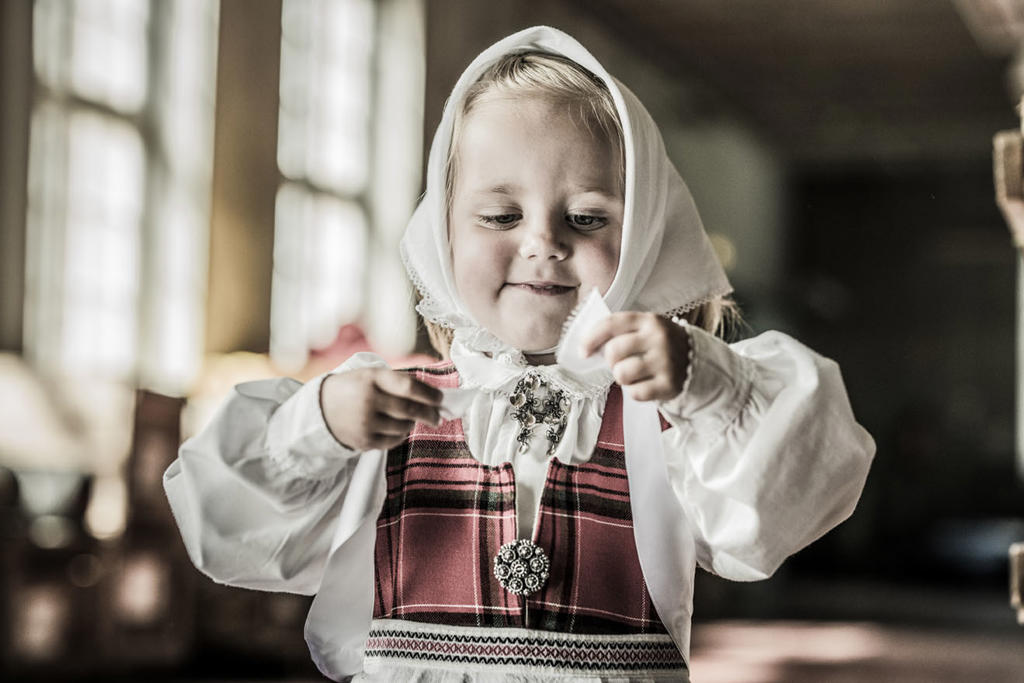
Sheep shearing and collection of wool
In Norway today we have just under 1 million winter-fed sheep and 1.5 million lambs. Annually, around 3,500 tonnes of wool is produced in Norway. Most of the wool is of the crossbred type, but we also have a good amount of pile-type wool. Between 20 and 30 per cent of the wool is bought by Norwegian customers. Autumn wool is particularly popular. Wool is used to produce knitting yarn and ready-made knitwear, coats and jackets, cushions, blankets and upholstery and furniture fabric, to name a few.
Norilia handles close to 80% of the volume. There are 8 wool stations around the country, from Forus in the south to Målselv in the north. Here, each individual fleece is assessed and classified by experienced classifiers. Norwegian wool is classified according to the Norwegian Wool Standard, which contains 16 classes.
Most sheep are sheared twice a year, in autumn and in winter or early spring well before lambing. We call wool autumn wool and spring wool respectively. Shearing of the live animals takes place on the farm. Some sheep farmers shear themselves, but most hire sheep shearers.
In connection with shearing, the wool is sorted and packed in paper bags. The wool traps are packed one by one. Unsorted wool from belly, thighs and tail is packed in separate sacks. After shearing, the wool is stored on the farm until it is ready for collection. Norilia collaborates with "Norsk Sau og Geit" (NSG)'s local teams on the collection of wool. NSG has a number of local teams spread across the country. Through this scheme, everyone has the opportunity to have wool delivered, regardless of the type of wool they have and where in the country they live. The manager of the local wool station agrees a time for collection with the managers of NSG's local team. Collections are organized once or twice a year.
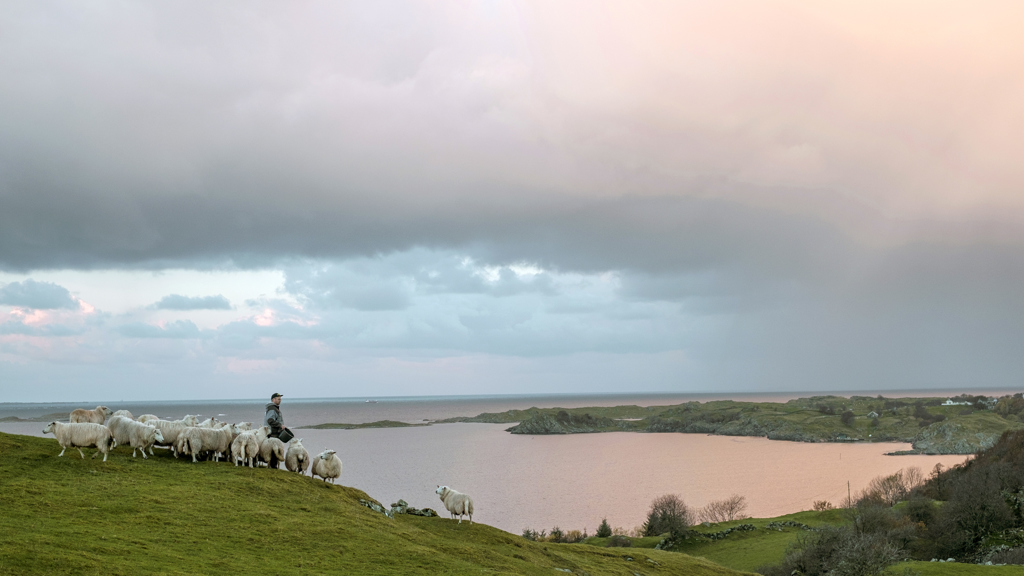
Classification of wool
The wool classifiers look both at breeding-related properties, such as fiber fineness, curl/resilience, gloss, pith content and dead hair content, and whether the wool is pigmented or not. In addition, they look at environmental characteristics, such as how much vegetation (forest brush, plant residues, hay, chips and the like) the wool contains, whether the wool has been soiled or discoloured, and whether it has been felted or not.
Briefly summarized: the quality assessment of wool is based on the fineness, length, curl, elasticity, evenness, color and other factors of the fibres. The wool we use in production at the factory is sorted from coastal areas in Norway where we find the sheep with the cleanest wool.
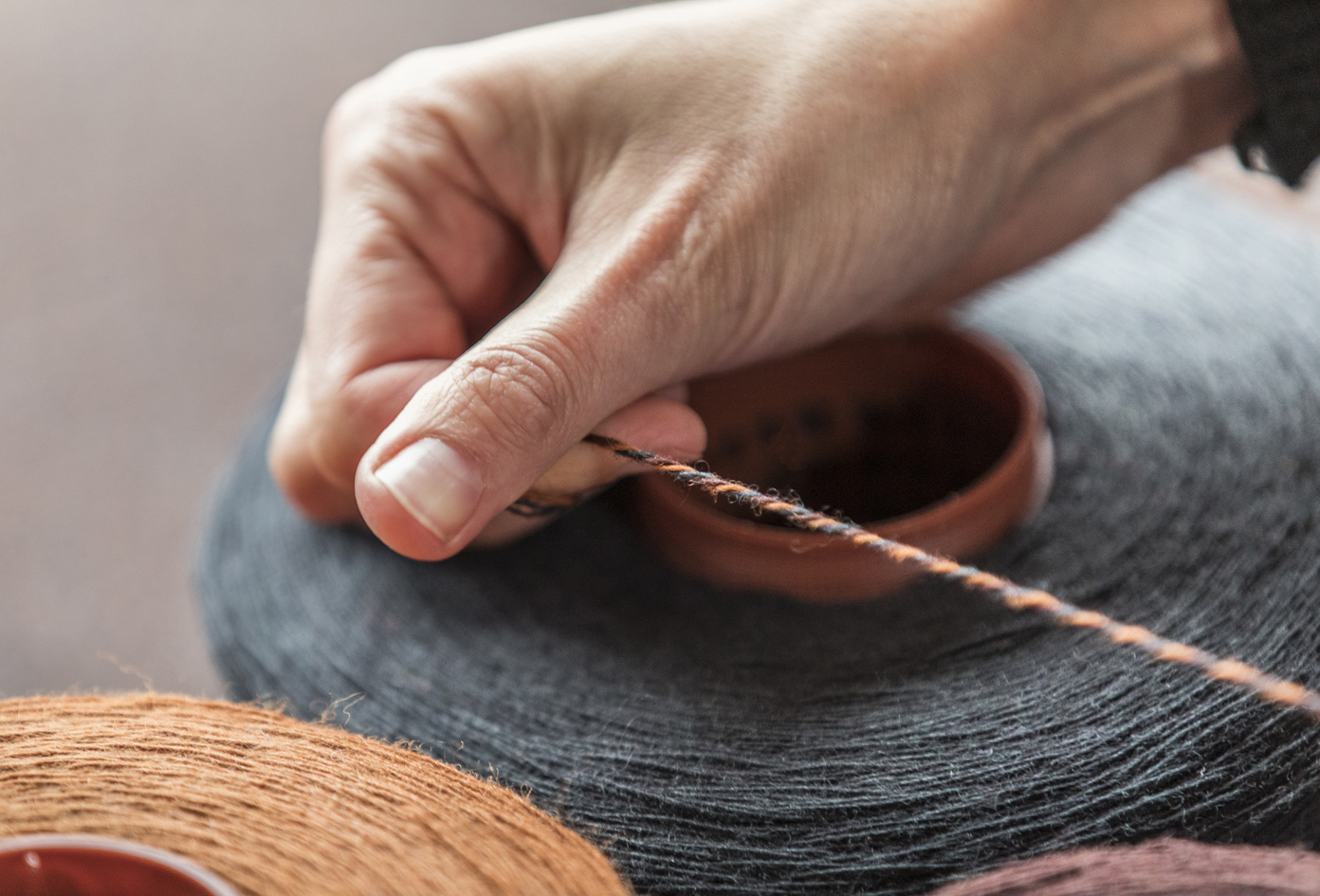
Each individual fleece is assessed and classified according to the Norwegian Wool Standard. It is important that the wool has the right quality so that we can produce a consistent product.
An environmentally friendly scouring process
After the wool is classified it is sent to England to be scoured. Norilia collaborates with sister company Haworth Scouring Company (HSC) in Bradford, UK, on wool scouring. HSC has one of the market's most environmentally friendly scouring processes. This includes state-of-the-art equipment for wastewater treatment. Norwegian wool from Norilia that has been washed at HSC is approved for the Swan environmental label. HSC is also accredited with GOTS and OEKO Tex.
It is easy to question the fact that the wool has to be sent out of the country, but there is currently no wool scouring company in Norway. There is also not enough wool in Norway to be able to establish a scouring company of the same quality as in England, which can also manage the waste materials from the wool scouring in an environmentally friendly way, and which can ensure that the wool is eco-labelled. Only 20 - 30% of the wool sent to the U.K. for washing is sent back to Norway.
The plant achieves international standards ISO9002, ISO50001 and ISO14001 in quality assurance, energy management and environmental management. 100% of the rinse water is recycled, and the facility has the industry's best practices for water consumption. Chlorine-based bleaches are never used. The waste from the wool is recycled so that it can be used as a useful by-product. For example, the sludge from the wool is used as fertilizer on the nearby fields, and the lanolin is used in skin care products and as feed for shrimp farms. All metals and packaging materials are collected for recycling and reuse.
The fact that all wool from Norilia is Swan-labelled means that we know it comes from healthy animals that are well looked after.
Wool production in a global textile perspective
Today, wool production accounts for approximately 1% of the global supply of textile fibres. The supply of wool has fallen by approximately 50% in the last 20 years as wool production has declined, and the production of synthetic textiles such as polyester, acrylic, elastane and nylon has almost doubled and accounts for over 60% of the textile market (IWTO, 2019). Much of this disappears as microplastics into the sea, and overconsumption is a major global challenge.
On an international scale, woolen textiles are only a small proportion of total textile production. (Textile Exchange, 2019). The introduction of artificial fibers in the 1880s has resulted in a significant reduction in the textile market share of wool. Fortunately, we are becoming more and more aware of what we buy. Many are, to a greater extent than before, concerned with what the products are actually made of.
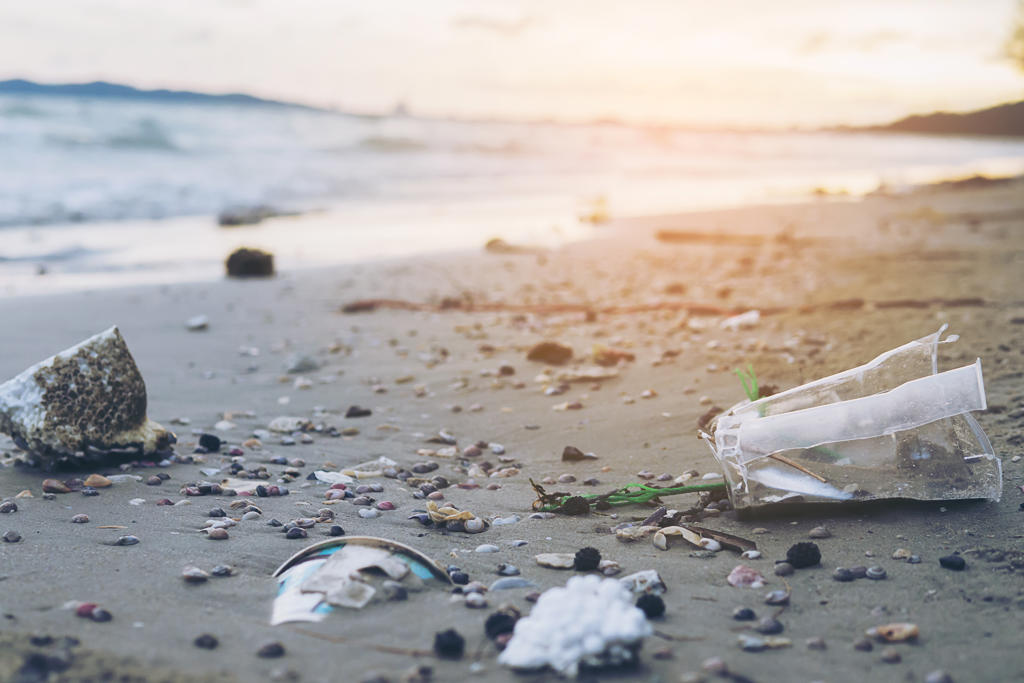
The production of oil-based textiles accounts for over 60% of the textile market. Much of this disappears as microplastics into the sea.
Synthetic textiles and microplastic pollution
Wool textiles have several advantages compared to synthetic textiles when it comes to handling microplastic pollution. Wool is a natural fiber that biodegrades over time, meaning that if wool products end up in nature, they will eventually break down and not cause lasting pollution. On the other hand, synthetic textiles, such as polyester or nylon, cannot be broken down in the same way, and their microplastic particles remain in the environment for a very long time.
During the production and washing cycle of synthetic textiles, microplastic particles are released into water systems. These particles can eventually end up in the oceans and cause harm to marine life. Woolen textiles do not release microplastic particles in the same way, and therefore they contribute to reducing the amount of microplastic pollution in the environment. Wool textiles also have a longer lifespan compared to many synthetic textiles.
This means that wool products usually do not need to be replaced as often as synthetic products, thus reducing the need for production and potential microplastic pollution associated with this process. Wool also has a natural ability to repel water, meaning less chemical treatment is required to make it waterproof compared to synthetic fabrics. This in turn reduces the use of potentially harmful chemicals that can end up in the environment and contribute to pollution.
Overall, wool textiles are a more environmentally friendly choice when it comes to reducing microplastic pollution compared to synthetic textiles. By choosing wool products, consumers are helping to preserve the environment and reduce the potential damage that microplastic pollution can cause to our ecosystems.

Recycled textiles vs long-life textiles
The comparison between recycled textiles and long-life textiles can be complex. In sum, the environmental impact depends on several factors, including the quality of the recycling, the production methods and the use of the textiles. A careful assessment of the entire life cycle of the products is necessary to determine which has the lowest environmental impact in a particular context.
Wool textiles usually have a long life and are inherently durable, which can help reduce the need for frequent replacement and thus reduce the overall footprint per unit of textile. Recycled textiles may be more susceptible to wear and tear and degradation over time, depending on the quality of the recycling and the manufacturing process.
An environmentally conscious and lasting choice
It is important to consider that the choices we make have consequences for the environment and the future. Wool is self-cleaning and has antibacterial properties. Therefore, clothes and furniture made of wool are easy to maintain. You can go a long way with a cloth and some warm water. The material has good resilience, and holds up well year after year with proper care. It attracts little dust, and not least wool is naturally flame retardant.
Gudbrandsdalens Uldvarefabrik has extensive experience with wool and the utilization of its technical properties. Every year, Gudbrandsdalens Uldvarefabrik uses wool from approximately 120,000 sheep in production. The factory also boasts a unique production line with all processes under one roof, which very few textile factories have today. The factory has produced wool textiles in Lillehammer in Norway since 1887. In addition to wool's unique properties, the fact that we at the factory have full control over the value chain means that we can constantly develop more sustainable processes and products.
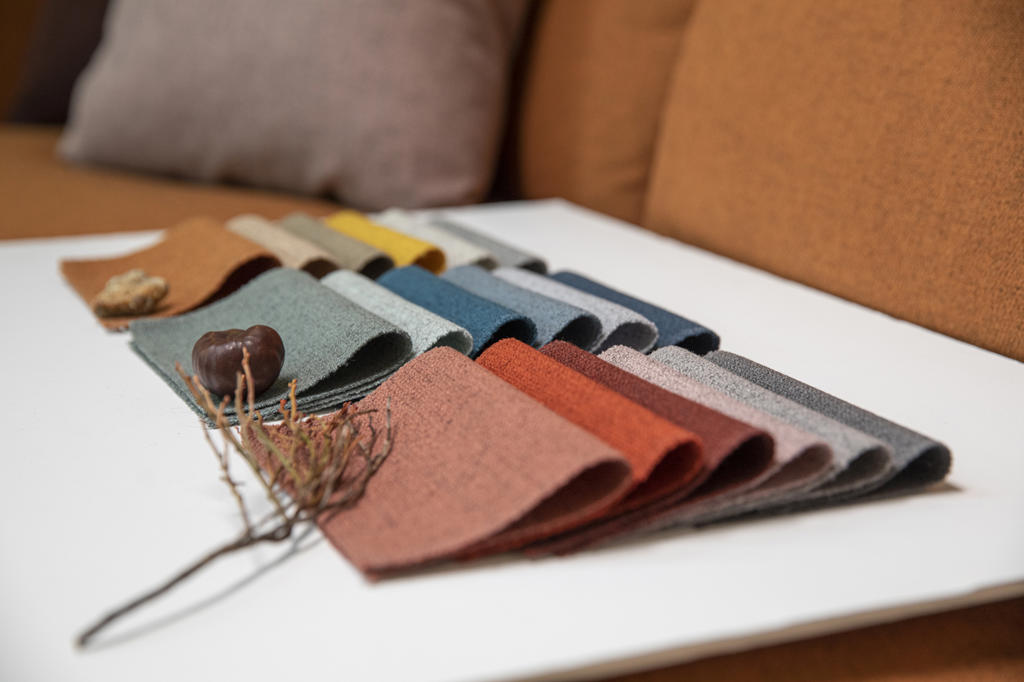
Wool is a natural product with naturally technical inherent properties.

